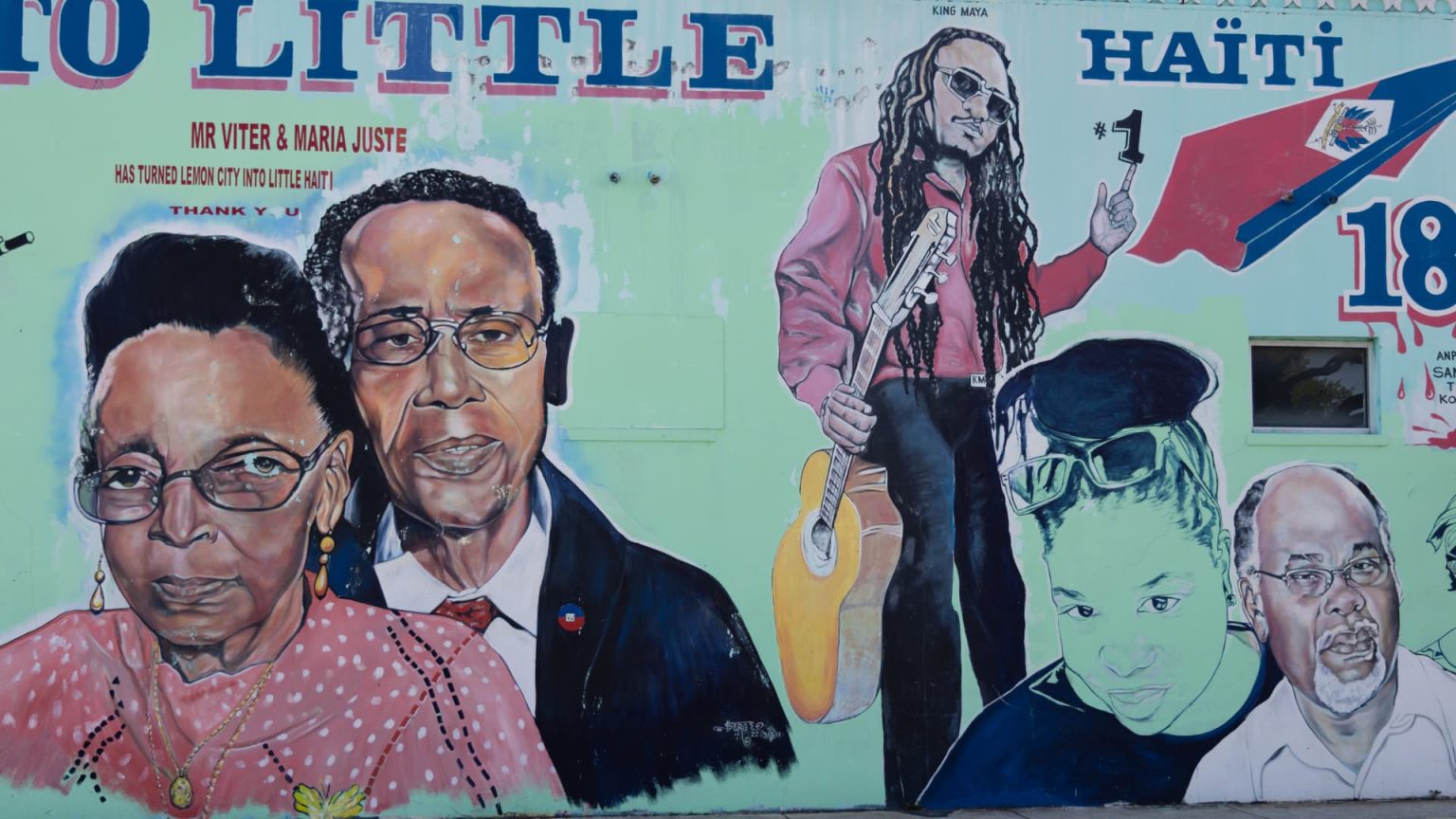Miami’s historically Black neighborhoods, like Overtown, are facing the harsh reality of climate gentrification as developers flee rising seas along the coast and turn towards inland areas like the Miami Rock Ridge. This has led to a development boom in neighborhoods like Overtown, driving up prices and displacing longtime residents. Climate change is exacerbating a housing affordability crisis in Miami, with rising rents and property taxes making it increasingly difficult for low-income residents to afford to live in the city.
The dynamics of gentrification in Miami are largely driven by the influx of wealthy individuals and businesses to the city. As people move to Miami for its booming finance and technology sectors, demand for housing has surged, leading to higher prices, particularly in areas that are at higher elevations and less prone to flooding. The result is that historically Black neighborhoods like Overtown, Liberty City, and Little Haiti are becoming more attractive to wealthy individuals, further widening the socio-economic divide in these communities.
The effects of high costs due to climate gentrification are heart-wrenching for many longtime residents. Rising property taxes and rents are pushing out low-income residents, forcing some to live in their cars or makeshift shelters. The development of luxury projects like the Magic City Innovation District in Little Haiti is reshaping the cultural and demographic landscape of these neighborhoods, often to the detriment of longtime residents who can no longer afford to remain in their homes.
Climate gentrification is not unique to Miami; it is a growing trend in high-risk, high-amenity areas across the U.S. Cities like Honolulu are also experiencing a shift towards inland neighborhoods as the impact of climate change worsens. In Miami, developers are taking elevation into consideration when choosing locations for new projects, as lower-lying areas are at higher risk of flooding and may have higher insurance rates, ultimately affecting the financial viability of a development.
While some development is needed to address Miami’s housing crunch, there is a delicate balance that needs to be struck to preserve the history and culture of these neighborhoods. The destruction of cultural heritage and the displacement of long-time residents are some of the less quantifiable costs of climate gentrification. Efforts to revitalize communities like Little Haiti with affordable housing, local business development, and workforce participation programs are essential to ensure that the benefits of development are shared equitably among residents.
Ultimately, the encroachment of developers in historically Black neighborhoods like Overtown, Liberty City, and Little Haiti is driven by economic motivations. Rising seas and climate risks are reshaping the real estate landscape in Miami, leading to displacement and rising costs for low-income residents. As Miami grapples with the effects of climate change, finding a balance between development and maintaining the cultural heritage of these neighborhoods is crucial to ensure a more equitable and sustainable future for all residents.


